2.5 Literature & Genres
| Site: | Cowichan Valley School District - Moodle |
| Course: | ELA5, CSS, Sferrazza |
| Book: | 2.5 Literature & Genres |
| Printed by: | Guest user |
| Date: | Monday, 22 December 2025, 2:51 PM |
Learning Targets
By the end of lessons 2.4 to 2.6, you should be able to say YES to the following questions.

- Can I understand the definitions of different genres and understand their importance?
- Can I read text and identify clues to easily classify what genre it is?
- Can I understand which genres I prefer and explore new genres?
Literature
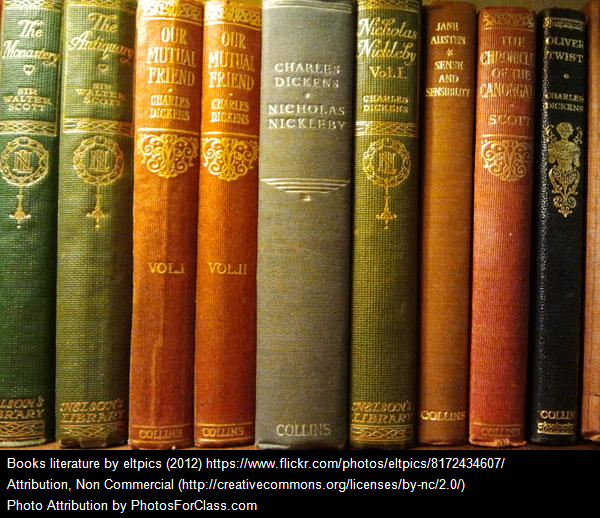 English is about the study of literature. This is a fancy way of saying good quality writing that has lasting importance.
English is about the study of literature. This is a fancy way of saying good quality writing that has lasting importance.
This includes novels, poems and short stories that help you learn more about human nature and your world.
Literature can be broken down into many different genres – which is another way to say different types or categories.
Learning about the different genres helps you when you read. If you know what genre a story is, you will know what to expect as you read and this makes reading easier. Reading a variety of genres also widens your view of what is available in the world of literature.
Literary Nonfiction
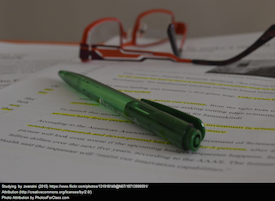 Nonfiction is writing that is based on facts. It is about real people, places, and things. Authors of nonfiction do research and interviews. They search for facts and details. Their goal is to write the truth about a person, place or event.
Nonfiction is writing that is based on facts. It is about real people, places, and things. Authors of nonfiction do research and interviews. They search for facts and details. Their goal is to write the truth about a person, place or event.
Literary nonfiction is writing that is both informative and entertaining. It might have all the elements of a good story – but everything written about really happened. Literary nonfiction includes biographies, autobiographies, and essays.
Biography
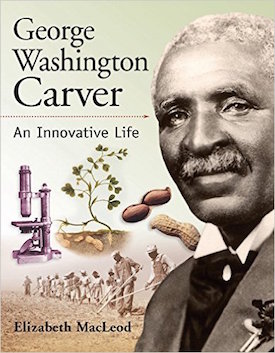
A biography is a book written by an author about someone else’s life. It is based on research and facts about this person. Usually it tells the life story of this person. An unauthorised biography means that the person did not agree to have their life story written by this author. Biographies are usually written about famous people or people involved in well-known events in history.
Here is an example of a biography called George Washington Carver: An Innovative Life by Canadian writer Elizabeth MacLeod.
This book will give you interesting facts about George Washington Carver (1864-1943). He’s known as the “peanut scientist” because he created more than 325 products from peanuts. His inventions and research impacted the lives of everyday people and particularly farmers. He made breakthroughs in farming that helped many Black farmers in the southern United States.
If someone writes about their own personal life story, this is called an autobiography. Both biographies and autobiographies are nonfiction.
Go to your Short Story Journal and do Journal #7: Who Do You Admire?
Fiction
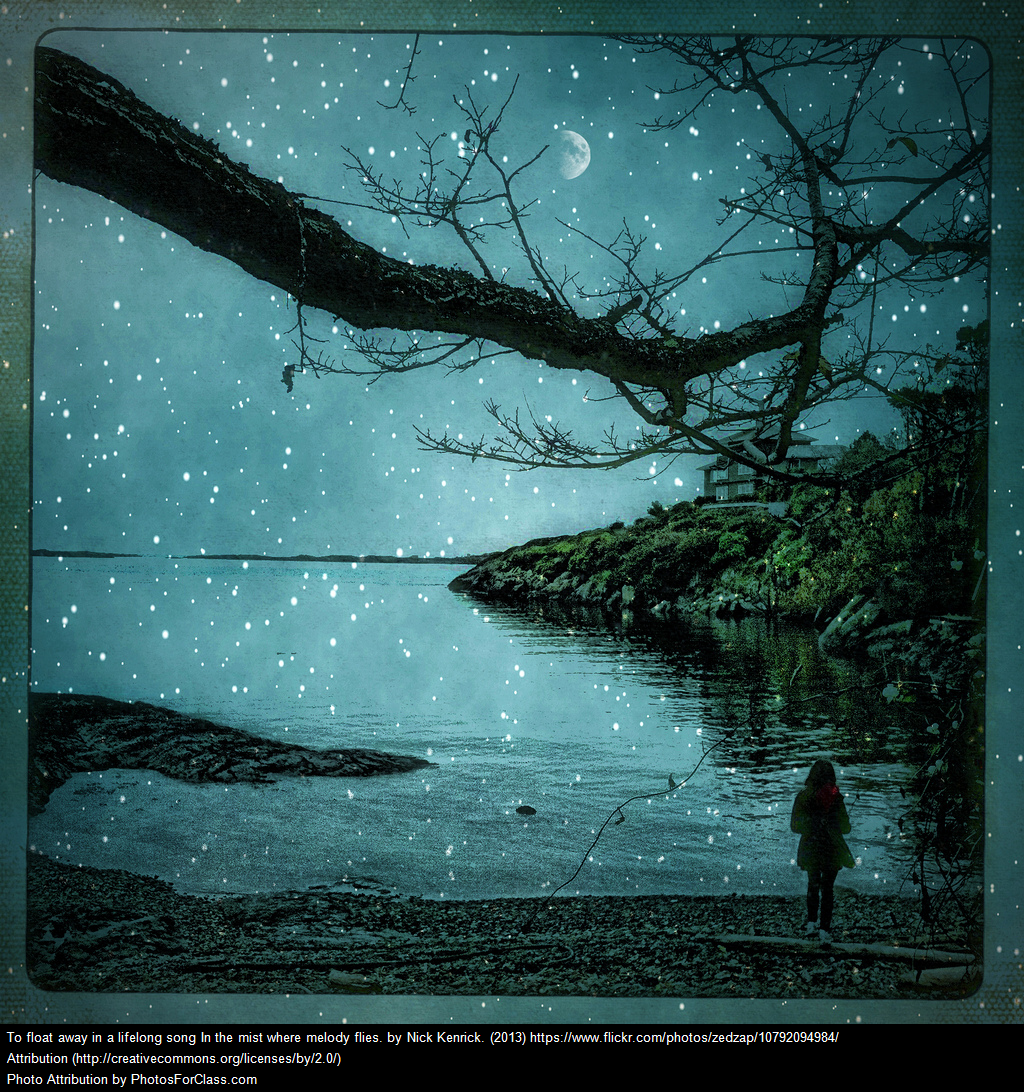 Fiction is writing that is made up by the author. It might have some elements of reality, but key parts of the story are made up. The characters, plot, conflict, etc. come from the writer’s imagination.
Fiction is writing that is made up by the author. It might have some elements of reality, but key parts of the story are made up. The characters, plot, conflict, etc. come from the writer’s imagination.
The purpose of fiction is to entertain the reader. Within the category of fiction, there is a great variety of genres.
In the next set of pages, you will learn about some of the popular fiction forms, but there are many more.
Also, it is important to note that although some books and short stories are clearly only dedicated to one genre, there are some that are a mixture of genres. For example, a story could be full of adventure and set in the world of the future, so it could be considered a science fiction adventure novel.
Keeping Track
 As you complete the rest of this lesson, in your Learning Guide, for each genre, add a book or movie that you think fits the genres. In a sentence or two, explain what makes you think it fits the genre.
As you complete the rest of this lesson, in your Learning Guide, for each genre, add a book or movie that you think fits the genres. In a sentence or two, explain what makes you think it fits the genre.
Adventure Fiction
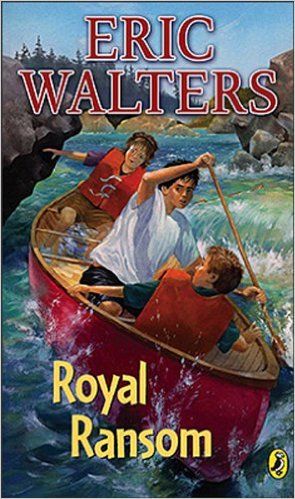 Adventure stories are packed full of fast and exciting action. The main characters often have a goal they are trying to reach or a task they must complete. The plot is about going on a journey and visiting interesting places. The events that happen are more extraordinary compared to everyday life. The story can be set in the past, present or future. It can be in a realistic or fantasy setting.
Adventure stories are packed full of fast and exciting action. The main characters often have a goal they are trying to reach or a task they must complete. The plot is about going on a journey and visiting interesting places. The events that happen are more extraordinary compared to everyday life. The story can be set in the past, present or future. It can be in a realistic or fantasy setting.
The hero and the villain are usually easy to spot in an adventure story.
An example is the book Royal Ransom by Canadian author Eric Walters.
Jamie Ransom is a 13-year-old Cree boy who is helping his cousin with a special trekking group in Canada’s North. He is excited to find out they are taking young Prince Andrew and his sister Victoria. But in the middle of the wilderness, kidnappers strike and the adults are taken hostage. The children manage to escape and must now battle their way through difficult Northern landscape to find help.
-image used with author permission.
Historical Fiction
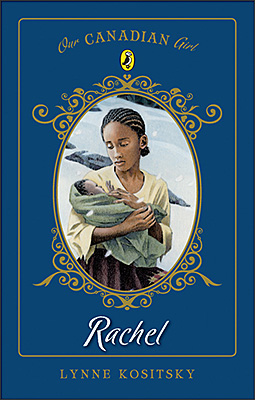 Historical fiction is a story set in the past and often around a specific event in time. The setting (the time and place) is a key component in historical fiction.
Historical fiction is a story set in the past and often around a specific event in time. The setting (the time and place) is a key component in historical fiction.
Writers of historical fiction usually research to find out what things were like during the specific time period they are writing about. They will find out what people wore, ate, how they spoke, what kind of traditions they had, etc.
The characters can be based on real people who lived during that time period or the author can create their own characters. The plot often reflects real events that happened in history.
An example is the book Rachel by Canadian writer Lynne Kositsky.
Set in the 18th Century, Rachel and her family escaped slavery in America and are now making a life in Nova Scotia. But living in Canada is not as easy as they hoped. The land is barren, the winters are harsh and many people are racist toward her family. Rachel and her family are determined to keep on trying their best, despite the challenges.
Humour Fiction
The goal of humour fiction is make you smile and laugh. The setting is often the present day. The main character is usually the person who is the target of hilarious troubles or the one who is causing them.
Although comedy fiction (as it is also known as) aims to be funny, there can still be a serious message or events that happen in the story.
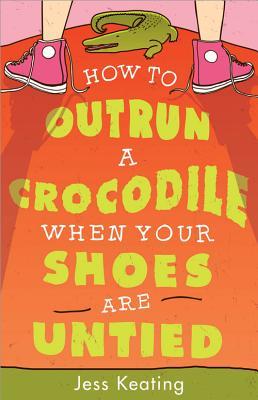
An example is How to Outrun a Crocodile When Your Shoes Are Untied by Canadian author Jess Keating.
“Twelve-year-old Ana’s social life is officially on the endangered list: she lives in a zoo (mmm, elephant droppings!), her best friend has moved to New Zealand, and junior high is miserable. All Ana wants is to fade into the background. Yeah, that’s not going to happen. Luckily, Ana finds new friends who help her discover her true seventh-grade self and even help her pass her math finals!”1
1 From The Canadian Children’s Book Centre
-image used with author permission.
Realistic Fiction
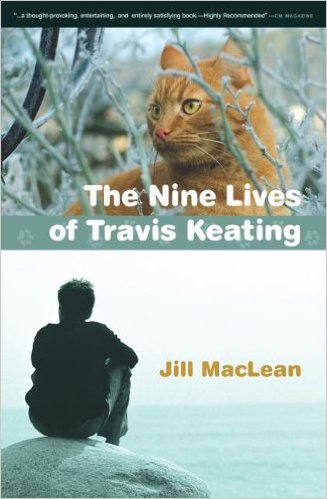 Realistic fiction includes short stories and novels that feel like they could have happened in real life. The setting is in the present day or the very near past (usually within the last ten years).
Realistic fiction includes short stories and novels that feel like they could have happened in real life. The setting is in the present day or the very near past (usually within the last ten years).
Realistic fiction happens in the context of our real world and follows all the “rules” of our existence. If the story starts out like it’s in our modern day world, but then you find out the main character owns a dragon and has a best friend that is a mermaid – the story is not realistic fiction. It is fantasy.
Realistic fiction has characters that are like real people. They encounter modern day problems and react to situations like real people would. These stories sound like they could be true. The conflicts dealt with are often common problems such as having trouble fitting in, bullying, moving to a new city, etc.
An example is The Nine Lives of Travis Keating by Canadian author Jill MacLean.
Travis has agreed to live with his dad for a year in a tiny community in Newfoundland. The sixth grade student is having trouble making friends and the local bully is already eyeing him up. Travis was feeling down about his life, but things change when he discovers a colony of abandoned cats. Travis puts his energy into helping the cats and ends up helping himself in the process.
Fantasy Fiction
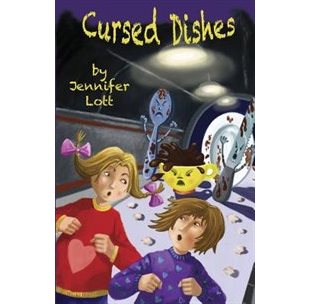
The fantasy genre has fantastic characters or settings that don’t exist in real life. Both imaginary creatures and talking animals are often part of fantasy. The settings could be magical or on another world.
Within the fantasy category, there are subgenres. High fantasy involves a made-up world that is mostly based on the author’s imagination. An example is The Hobbit. Urban fantasy involves a real world setting with magical or supernatural elements such as the Harry Potter series. All fantasy books and short stories involve characters and events outside the boundaries of the real world.
An example is the book Cursed Dishes by Canadian author Jennifer Lott.
The story is about Charlotte and Eileen who keep leaving their dirty dishes around the house. Their older sister is tired of cleaning up after them and uses magic to teach them a lesson. The dirty dishes are coming to life and following the two sisters everywhere! How will they break this spell?
Image used with publisher's permission.
Science Fiction
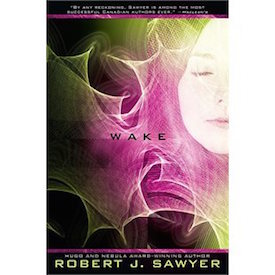 Science fiction is about imagined innovations in science or technology. It may include ideas and inventions that do not exist, but there is a basis in real scientific principles or theories.
Science fiction is about imagined innovations in science or technology. It may include ideas and inventions that do not exist, but there is a basis in real scientific principles or theories.
Authors may research a specific branch of science and then make predictions about what it could lead to in the future – and how it could impact society. The plot often revolves around events or problems that have not happened before.
The setting is often in the future, and it can also be in another universe or even another dimension.
An example is Wake by Canadian author Robert J. Sawyer who is known worldwide for his work in the science fiction field.
Caitlin Decter is your everyday teenager who happens to be a genius at math and blind. Scientists have created a new implant to restore sight, and she is one of the first people to get it. Through this device she is able to see the world of the Internet in a way no one else can see. She is also able to sense a mysterious consciousness -- that is growing in cyberspace.
-image used with author permission.